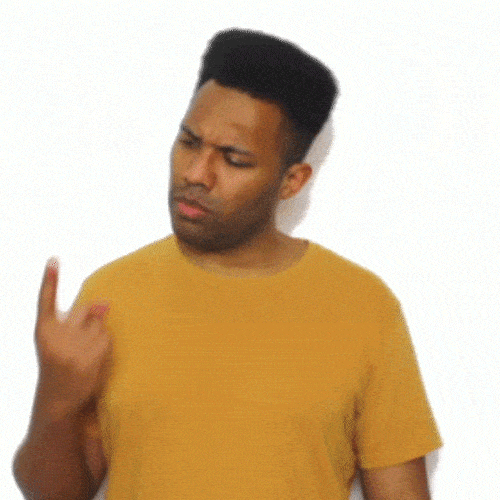Types of editing


Unless you are actively involved in the world of writing, editing can be a bit of a mystery to many people. There is a great deal of knowledge, skill, and expertise that goes into refining a body of work. For instance, unbeknown to many there are multiple types of editing, some of which can overlap each other.
The four main types of editing that most editors offer are developmental editing, line editing, copyediting, and proofreading.

Developmental editing — sometimes called substantive editing or content editing — is the stage in which a writer’s ideas take shape. It may include consulting before writing begins to develop an idea in its infancy, or it may begin after a story or article has already been written.
A developmental editor looks at writing from a global perspective, like a drone surveying the entirety of a written work and how the parts fit together. In fiction, the focus is on plot, structure, showing vs telling, genre, themes, character development and dialogue, point of view, pacing, tense, consistency, core conflict and its resolution, and setting/world-building, to name a few.
In nonfiction, the focus may include ensuring continuity and consistency of ideas, making sure the purpose is effective and logical, making sure the information works for the intended audience, flagging anything that takes readers out of the subject matter, flagging questionable assertions or unnecessary repetition, and looking for lost threads. Basic fact-checking may also be included upon request.

A developmental editor will not rewrite your sentences (as a line editor would), but the job does involve understanding how to look at and use writers’ individual lines to improve the big picture.
Line editing — sometimes called stylistic editing — is used to smooth the language, flow, and style of a piece. This is often paired with copyediting because they are complementary approaches. A line editor may correct the same types of errors that a copyeditor would, but line editing is mainly focused on language choices and the style of the writing itself.
Each sentence must be lean enough or robust enough to say what it needs to say; nothing more, nothing less. The structure of individual sentences plays into the overall pacing, logic, flow, and feel of a piece of writing.
This type of editing looks at each sentence, or line, and considers how a writer uses description, how the prose sounds, how the language is experienced by readers, word choice, mechanics, syntax, and sentence constructions. However, more importantly, a line editor considers the power of the sentence and the true meaning of the individual words chosen to wield that power.
A line editor facilitates words building strong sentences, sentences building strong paragraphs, and paragraphs building strong fluid pages.

Copyediting deals with mechanics (rules of written English) and focuses on word choice, cross-references, typos, missing words, syntax, punctuation, grammar, discrepancies in content, parallel structure, spelling, the accuracy of facts, style, formatting, matching in-text citations with reference lists, captions, confusing or inaccurate sections, wordiness, transitions, images, and URLs.
A copyeditor ensures adherence to a chosen style and dictionary and either follows a provided style sheet or creates a style sheet. Copyediting may indeed include line editing upon request. A good copyedit makes for a fluid experience for readers.
Proofreading is the final editing step before publication. Proofreaders are the ultimate gatekeepers whose goal is to ensure that no errors make it through to publication.
They provide fresh eyes to look for typos, problems with cross-references, extra spaces, bad word breaks at the ends of lines, widows (single words at the top or bottom of a page) or orphans (single lines at the top or bottom of a page), problems with page numbering, incorrect formatting, inconsistent headers, problems with images, bad URLs, inaccurate captions, and incorrect formatting.
They also check text against the style sheet created by the copyeditor, ensure design choices are implemented correctly, check permissions on copyrighted material, and catch common mistakes a spellchecker will not (role vs roll, trail vs trial, perform vs preform, etc.).

Here at Denglisch Docs, we aim to help our customers benefit from the latter three types of editing: line editing, copyediting, and proofreading. Whether you come to us, or we come to you, we will begin by proofreading your web copy or any other written content.
If there are areas that need to be revised, your writing will then go through a full editing process before returning to you as a complete and clean body of work. Depending on your work’s specific needs, it may be line-edited, copyedited, or both. Once edited, it will be proofread once more before returning to you to ensure the highest quality work is delivered; that is our promise.

We are committed to equity,
diversity, and inclusion.
We welcome students,
educators, users, researchers,
and employees from a diverse
set of backgrounds.
Our own backgrounds vary in
terms of socioeconomic status,
religion, race, ethnicity,
gender
identity, sexual orientation,
age, neurodiversity,
disability,
and nationality.
In short: Be you. Do you.
We love and embrace
what makes you you. ![]()
Thank you for inviting us to assess
your web copy!
One of our copy analysts will take
a close look at your website and
get back to you right away.
We appreciate your trust. ![]()